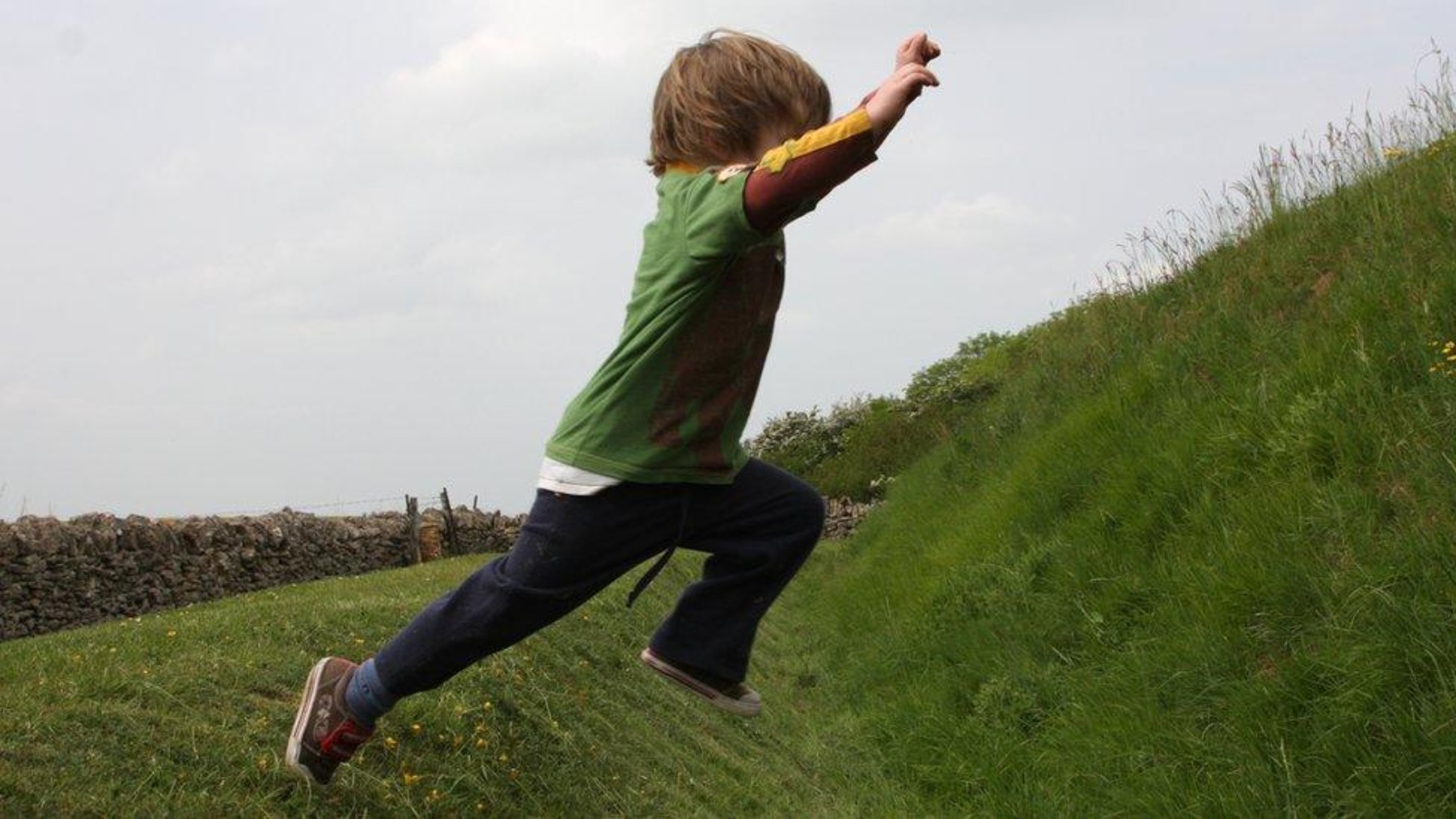Not books or video games, this is the daily habit that helps children’s mental health. In recent years, mental health problems such as anxiety, depression, and stress have become more common among children and adolescents. Although people often talk about the importance of reading, playing, or going to therapy, a new study shows that there is another very important habit that can also help, and that some parents may not consider as much: physical activity. It doesn’t require intense training or a lot of time: even short programs or simple activities during the week can have very positive effects. What matters is consistency and making movement a part of their daily routine.
We always heard advice for lowering anxiety levels on adults, but what about children? Let’s have a look in more detail to this study.
Exercise and mental health
A group of scientists from the University of South Australia reviewed the results of 375 clinical studies. In total, these studies included more than 38,000 children and adolescents aged 5 to 18. The goal was to analyze how physical exercise influences symptoms of anxiety and depression in this population.
The results were very clear: movement helps. Children and adolescents who participated in organized exercise programs had fewer symptoms of depression and anxiety compared to those who did not. In addition, the benefits were even greater in teenagers and in young people who already had a mental health diagnosis, such as ADHD or clinical depression.
What type of exercise?
It’s important to have in mind that the type of exercise matters:
- To reduce anxiety, the most effective activity was light resistance training, meaning exercises involving some strength but not heavy or extreme.
- To reduce symptoms of depression, the most helpful approach was a combination of aerobic exercise (such as running, swimming, dancing, or cycling) and strength training.
The researchers also noted that teenagers seem to benefit more than younger children. This may be because, as they grow, many teenagers become less physically active and, at the same time, experience more stress, which makes the positive impact of exercise greater at this stage of life.
It is important to clarify that the study does not suggest replacing therapy or medication with exercise, especially in cases where those treatments are already being used. What it suggests is that physical activity can be a useful complement, an extra support that does not cost much and can be easily integrated with other methods of care.
How can children include this habit in their daily lives?
If your son or daughter is having difficulty with their emotional health, or if you simply want to help them maintain good mental balance, incorporating physical activity regularly can be a great step. No gym, professional trainers, or special clothing is needed. What matters most is doing it consistently and choosing activities the child enjoys. Here are some simple ways to start:
- Take a daily walk after school.
- Sign them up for a sports team or dance class if they enjoy moving in a group.
- Do short routines with YouTube videos, such as stretches or 10-minute exercises in the morning.
- Invite them to move with active games like jumping rope, riding a bike, swimming, or playing tag.
- Join in as a family. If parents participate, the positive impact is greater.
- Make sure that at school they are not skipping recess or physical education classes, since those are also important moments for movement.
It’s not about perfection
The routine doesn’t need to be perfect or very long. What matters most is that the child moves every day, even for a short time. Studies show that even short but frequent movement can lead to improvements in mood within a few weeks.
Sometimes, helping a child feel better can start with something as simple as a round of morning stretches or a game in the yard. Exercise gives them a way to release tension, gain confidence, and reconnect with their body. And even though it may seem like a small change, doing it consistently can have a big impact on how they feel every day. Did you know about this beneficial aspect of exercise for children?
